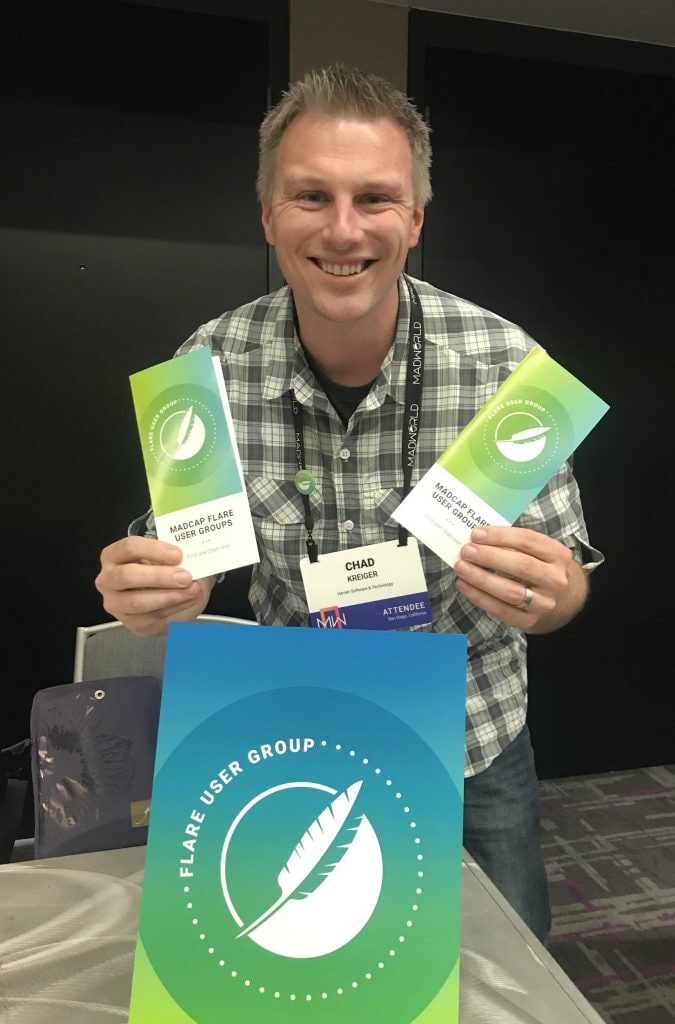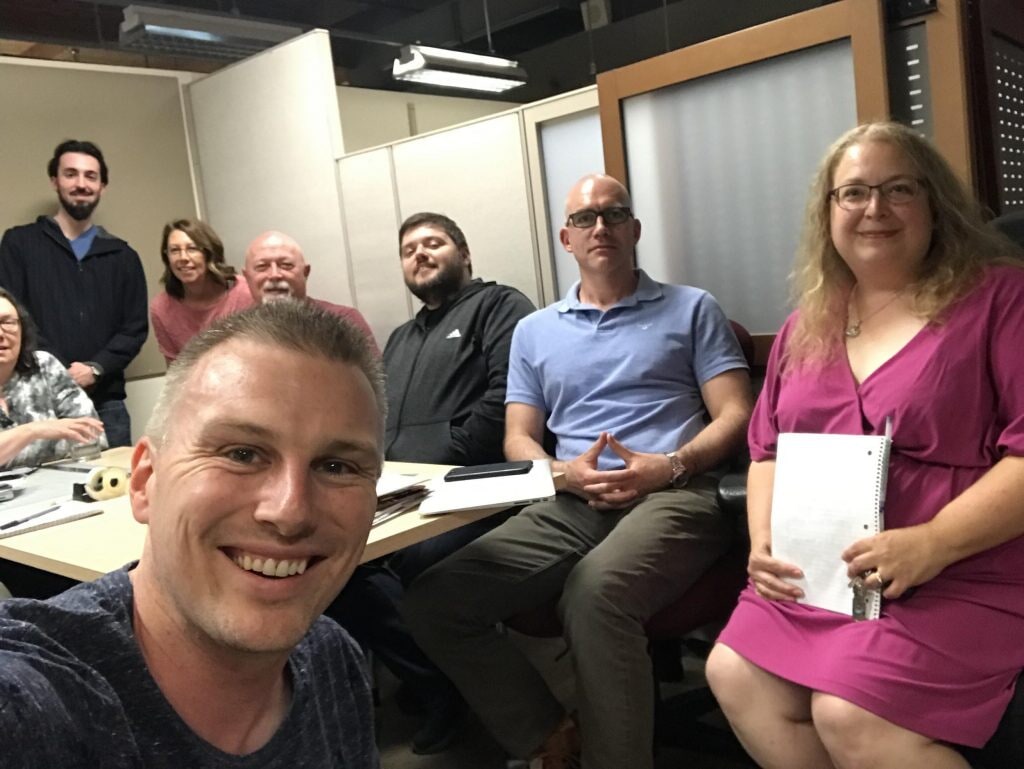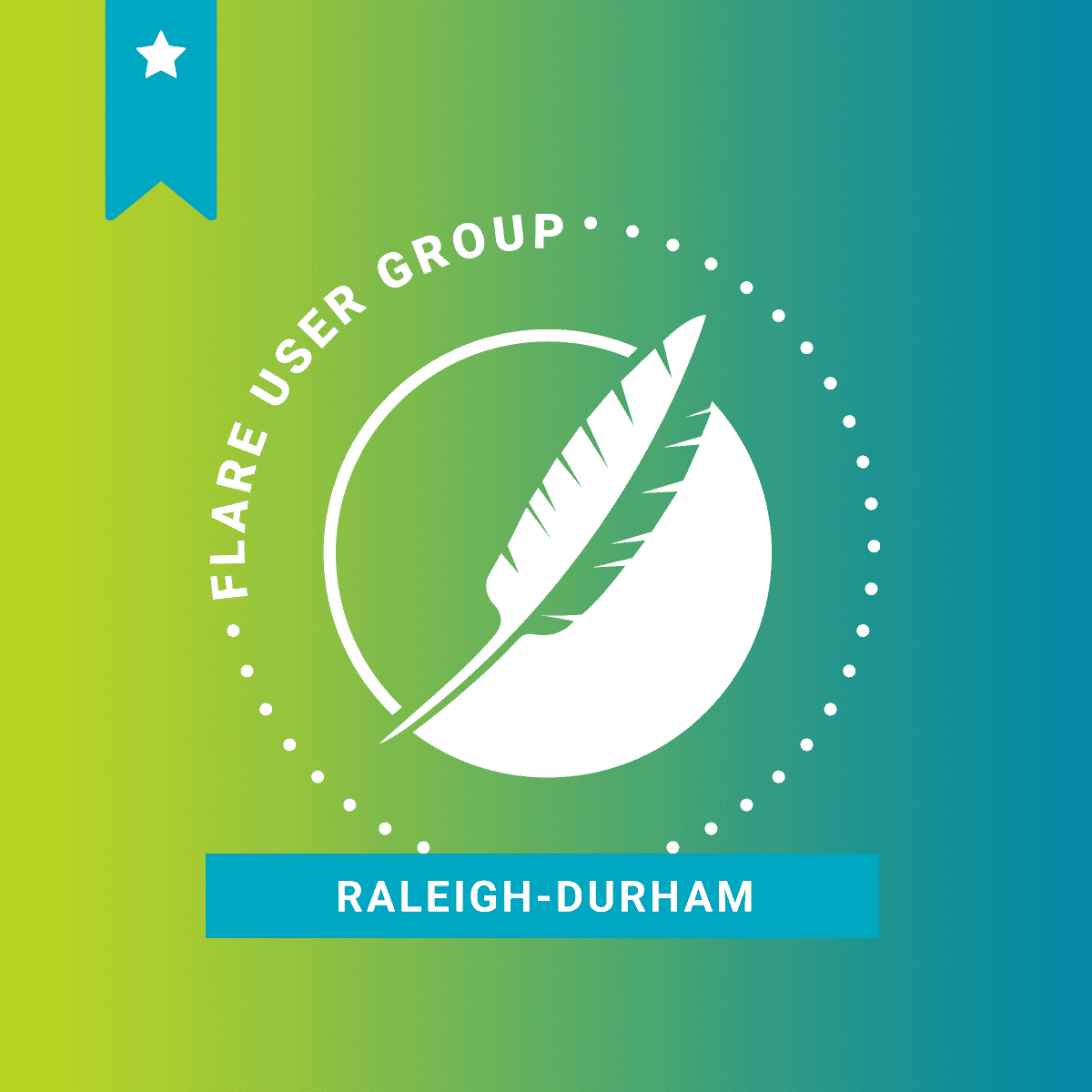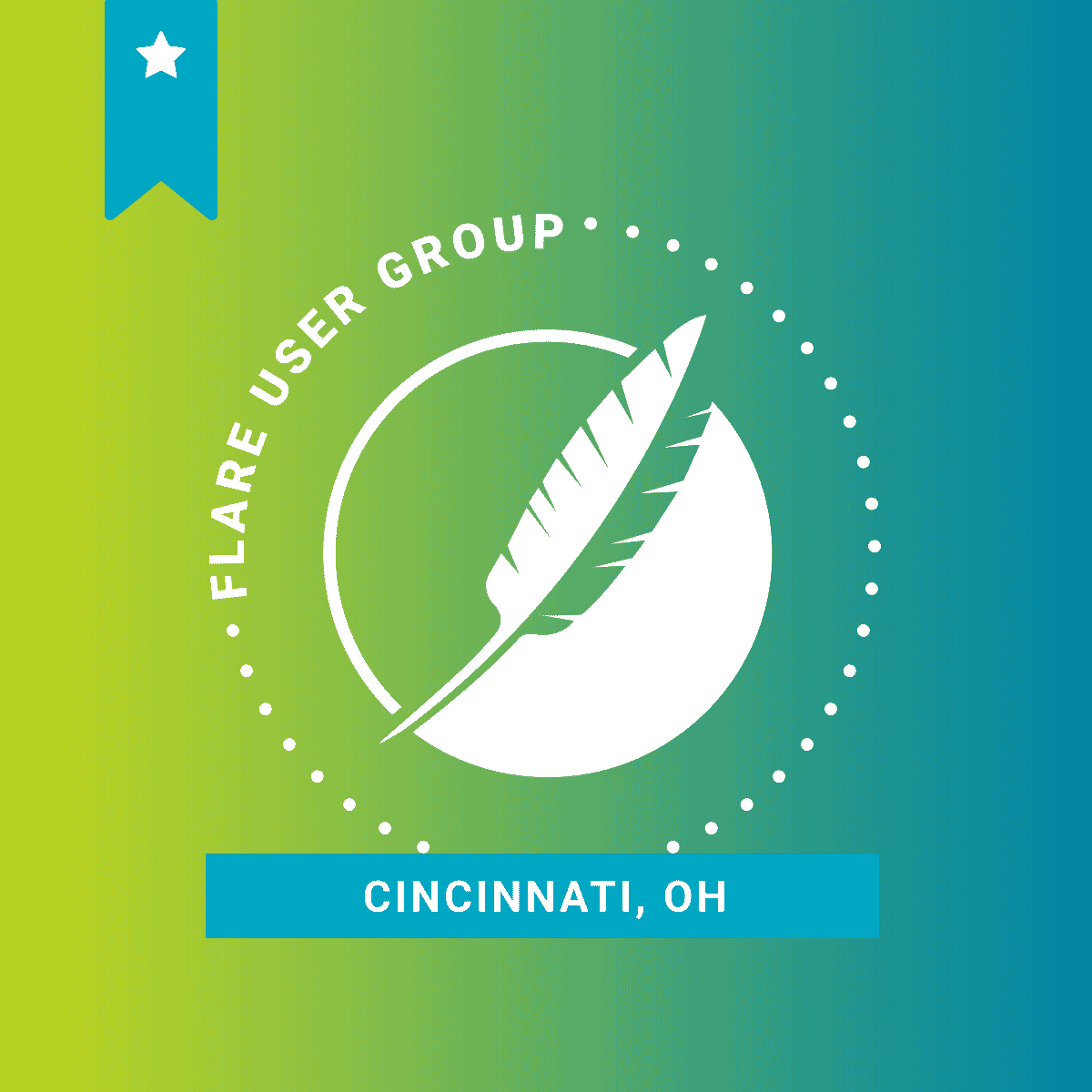MadCap Flare User Groups bring together local technical writers and Flare users through their shared interest in expanding their use of Flare. The next guest post in our community spotlight series features Chad Kreiger, organizer of the Portland MadCap Flare User Group, and his experiences of starting a group in his local area.
There’s a thriving community of MadCap Flare users in the Portland, Oregon area. After attending several MadWorld conferences and hearing about the success of regional Flare user groups from other organizers, I wondered if there was an opportunity to start a similar user group in Portland. My goal was to regularly connect with other local Flare users to share knowledge, get fresh ideas for projects, learn new tips, and help troubleshoot each others’ projects. I already knew multiple Flare users in my area through my current employer (Vernier Software & Technology), former colleagues, and through professional networking. When I started laying the groundwork to establish a user group in my area, these were the first people I invited to the kickoff meeting in September 2018.
Starting Our Flare User Group
An early step in the process for starting the group was finding a location and determining how frequently we should meet. It helps that the meetings have a sense of regularity so that it is easy to remember when and where the meetings are being held. Our meetings are typically held the first Tuesday of each month, and we’ve been fortunate to hold most of our meetings in a conference room at my office, which is readily accessible by public transportation.
Spreading the word about our group through social media channels has proven successful toward finding new members. I share our meeting information on LinkedIn (within my own profile and also other Flare-based group pages) and on the portland_or channel within the MadCap User Groups Slack community. MadCap Software has also helped spread the word through social media posts. I also met people who are interested in joining the group while hanging out at the MadCap Flare User Group information table at MadWorld 2019 San Diego.

The number of people who attend our meetings varies from month to month. We’ve had as many as 12 people attend a meeting, while some months we’ve had as few as 3 people. We also have more than 20 people on our local Slack channel. Attendees include seasoned Flare users, new Flare users, past Flare users, and even people who have yet to begin using Flare. All experience levels are encouraged to attend. On a couple of occasions when we’ve had a smaller turnout, we’ve decided to relocate our meeting to a local food cart pod that has a convenient indoor/outdoor gathering space. Sometimes it’s nice to simply socialize and get to know one another in a less formal setting.
Meeting Structure
In most meetings, we start by introducing ourselves and doing a quick roundtable check-in to see what’s on everyone’s mind. This is a great way to understand each person’s objective and reasoning for attending the meetings and ensure that the conversation meets each person’s needs.
We typically have a predetermined theme or topic that we try to focus our conversation around. As the group founder and organizer, I try to make sure that everyone has an equal voice as attendees discuss ideas and share tips and tricks. Sometimes the conversation transitions to troubleshooting specific issues, and it’s exciting to watch the group collaborate and offer in-person Flare support. Here are some of the topics we’ve covered in our meetings:
- Getting started with Flare
- Using Flare with source control
- Single-sourcing tips in Flare
- Troubleshooting your Flare project
- Working with subject matter experts

Advice for Starting Your Flare User Group
Here are a few words of advice for starting a Flare user group:
- Provide name tags: They’re a simple way to remember someone’s name and help with introductions.
- Request RSVPs from attendees: This helps you anticipate the required meeting space size. It also gives the meeting a sense of formality, so people feel like it is a valuable use of time.
- Spread the word: Don’t be shy about using social media to let people know about your group. I’m amazed by all the different avenues that new members use to find this group. LinkedIn and Slack are great starting points to share meeting dates and times.
- Meeting location considerations: Make sure you have a meeting space that is appropriate for your group’s headcount. Try to get a feel for where people are traveling from and what modes of transportation they are using. We found that several members travel at least 30 minutes to attend, so we have discussed alternative meeting locations. Also, consider parking, accessibility, and whether anyone is using public transportation.
- Don’t get caught up with headcount: Some meetings may have only a few participants, but don’t let that discourage you. Remember, it’s the quality of the meeting that creates meaningful connections. We all have busy schedules, so try to create active online communities (such as Slack) in order to keep your group engaged when you’re not able to meet face to face.
Looking Ahead
In the future, our user group aims to keep in touch on a more regular basis through the Slack community channel. This valuable tool can be used to post questions or pose future meeting topics, and we’ve even had someone post a job opportunity. These types of day-to-day interactions help keep our community thriving and encourages knowledge sharing, even when we can’t meet face to face. I’ve also been in touch with Flare users who live outside our community that would like to get involved with our group. We may explore video conferences or sharing meeting recaps for people who are unable to attend our monthly meetings in person.
Aside from the valuable networking and organizational skills I’m gaining through my involvement with this group, it’s rewarding to be a part of a local community of Flare users dedicated to helping and teaching each other. Everyone seems eager to offer technical support and advice when presented with specific issues. I’ve personally learned many new tips and tricks that I have applied to my own project. Our discussion on source control best practices was particularly beneficial to me. It’s helpful to get unique perspectives and fresh ideas from other Flare users.
If you’d like to learn more about our group and upcoming meetings, feel free to reach out!









